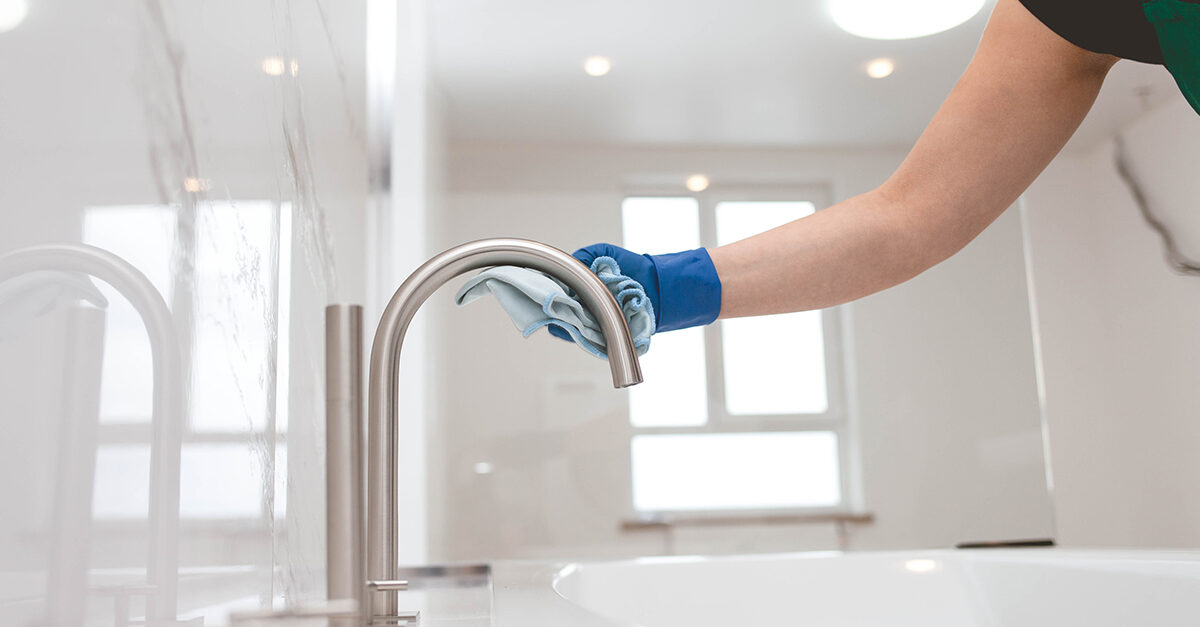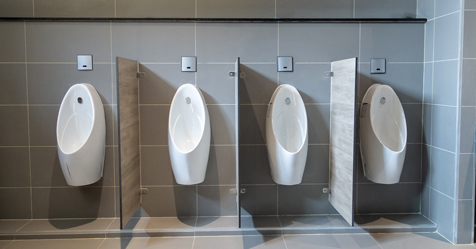With a heightened focus on cleanliness in the age of COVID-19, it’s especially important now to ensure you’re on top of restroom cleanliness. Afterall, three in five Americans (62%) say frequent disinfection and sanitization of restrooms in public facilities would make them feel more self-assured, according to a 2020 Harris Poll.
As facility managers and cleaning service providers, we realize restrooms are high-traffic areas that can pose significant risks for germ transmission. According to a study in Applied and Environmental Microbiology, 77,000 distinct types of bacteria and viruses exist in restrooms. Maintaining high restroom hygiene standards is essential to help reduce the spread of germs and to meet customers’ heightened expectations of cleanliness as more people return to public facilities this year.
Here are five essential tips for keeping restrooms sanitary:
1. Use high-pressure cleaners and vacuum extraction.
Conducting high-pressure cleaning that removes buildup not easily reached by brushes is important when sanitizing floors, toilets, urinals, and restroom partitions. While high-pressure cleaning removes soil and dirt from surfaces, vacuum extraction removes the contaminants from the restroom, preventing cross contamination and odor-causing bacteria.
2. Install touchless soap, sanitizer, and paper towel dispensers.
To help avoid spreading germs on high-touch surfaces throughout a facility, consider installing touchless dispensers. Dispensers without touchless features may harbor more bacteria and viruses. Consider replacing air dryers with paper towel dispensers. Studies have shown manual and touch-free air dryers can spread germs throughout restrooms.
3. Keep supplies stocked.
A lack of restroom supplies can lead to a dirty restroom and is one of the most common customer complaints. Consider using innovative soap and/or paper towel dispensers that dispense just enough product at a time to minimize wasted resources and over consumption.
4. Increase restroom cleaning frequency.
High-traffic areas should be cleaned more frequently. Increasing frequency can help mitigate the spread of germs on surfaces such as doorknobs, faucets, toilet handles, dispensers, and handicap grabrails.
5. Clean before disinfecting.
For better disinfecting results, it’s important to clean first. Cleaning decreases dirt and germs on surfaces while disinfecting kills or inactivates the germs. When cleaning and disinfecting, it’s critical to follow the product manufacturer’s instructions around contact time and dilution to achieve the best results.




